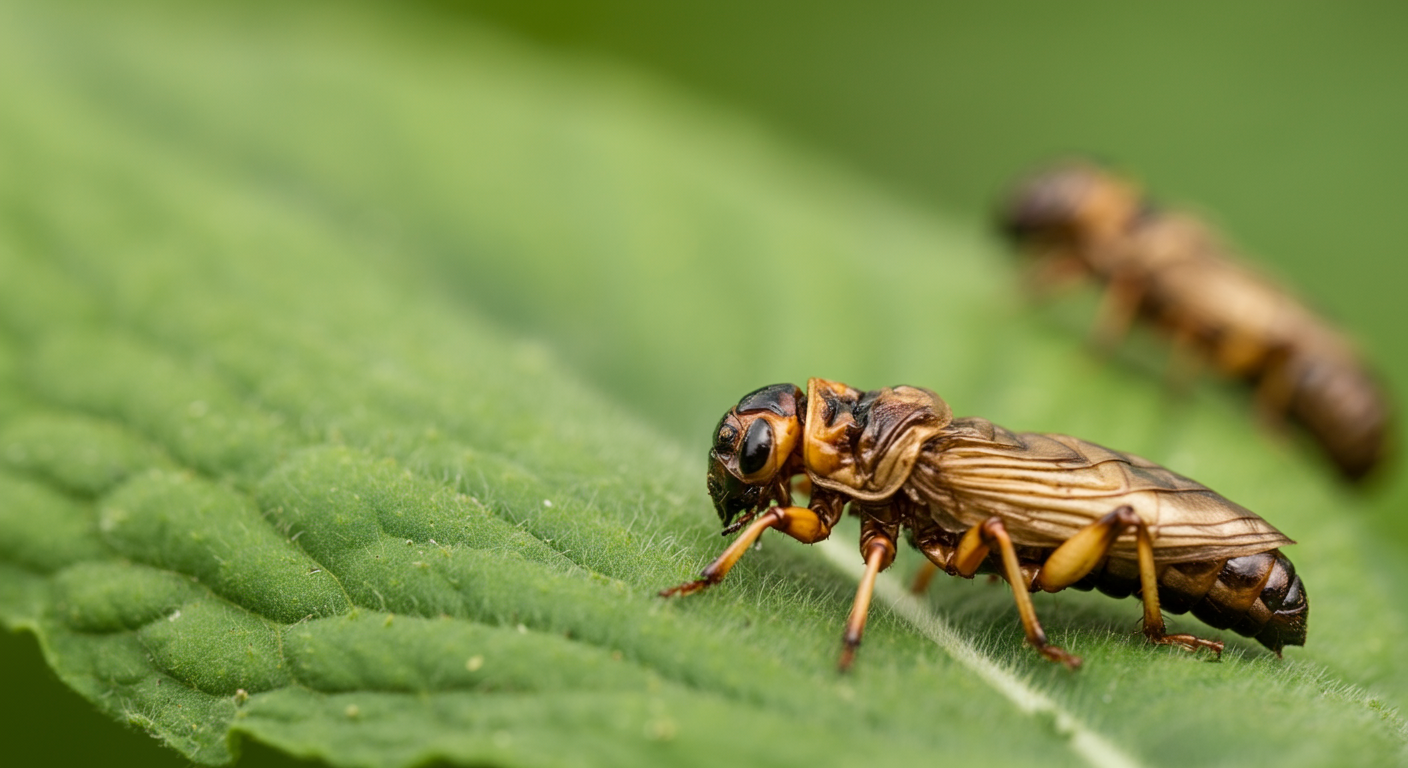The Future of Edible Insects in Agriculture
As the global population continues to grow, so does the demand for sustainable and efficient food sources. One promising solution lies in an unexpected place: edible insects. While the idea of consuming insects may seem unconventional to some, cultures around the world have relied on them as a nutritious food source for centuries. Today, as we face environmental challenges and seek more sustainable agricultural practices, edible insects are gaining attention as a viable—and even essential—part of our future food systems.

Why Edible Insects?
1. Sustainability
Traditional livestock farming is resource-intensive, requiring large amounts of water, land, and feed. In contrast, insects such as crickets, mealworms, and black soldier flies require significantly fewer resources to produce the same amount of protein. They emit far fewer greenhouse gases, making them a more environmentally friendly option.
2. Nutritional Benefits
Insects are packed with protein, healthy fats, vitamins, and minerals. For example, crickets contain all nine essential amino acids, making them a complete protein source comparable to beef or chicken. They’re also rich in iron, calcium, and B vitamins, offering a nutrient-dense alternative to conventional meats.
3. Versatility in Farming
Insect farming can be done vertically and in urban settings, reducing the need for vast agricultural land. They can be fed organic waste, such as vegetable scraps or byproducts from food processing, creating a circular economy where waste is minimized.
Overcoming Barriers
Despite their benefits, edible insects face cultural and regulatory hurdles. In many Western countries, the “ick factor” remains a challenge, though attitudes are slowly shifting as people become more aware of sustainability issues. Additionally, clear regulations on insect farming and processing are still developing in many regions, which could slow market growth.
However, innovative food companies are already finding ways to make insect-based products more appealing—grinding crickets into flour for protein bars, incorporating mealworms into snacks, or using black soldier fly larvae as animal feed. As these products become more mainstream, consumer acceptance will likely grow.
The Road Ahead
The future of edible insects in agriculture looks promising. As research continues to optimize farming techniques and improve scalability, insects could become a staple in both human diets and animal feed. Governments and food industries will play a key role in supporting this transition through policy changes, investments, and public education.
While it may take time for edible insects to become a common sight on dinner plates worldwide, their potential to contribute to a more sustainable and resilient food system is undeniable. Perhaps, in the not-so-distant future, we’ll look back and wonder why we ever hesitated.